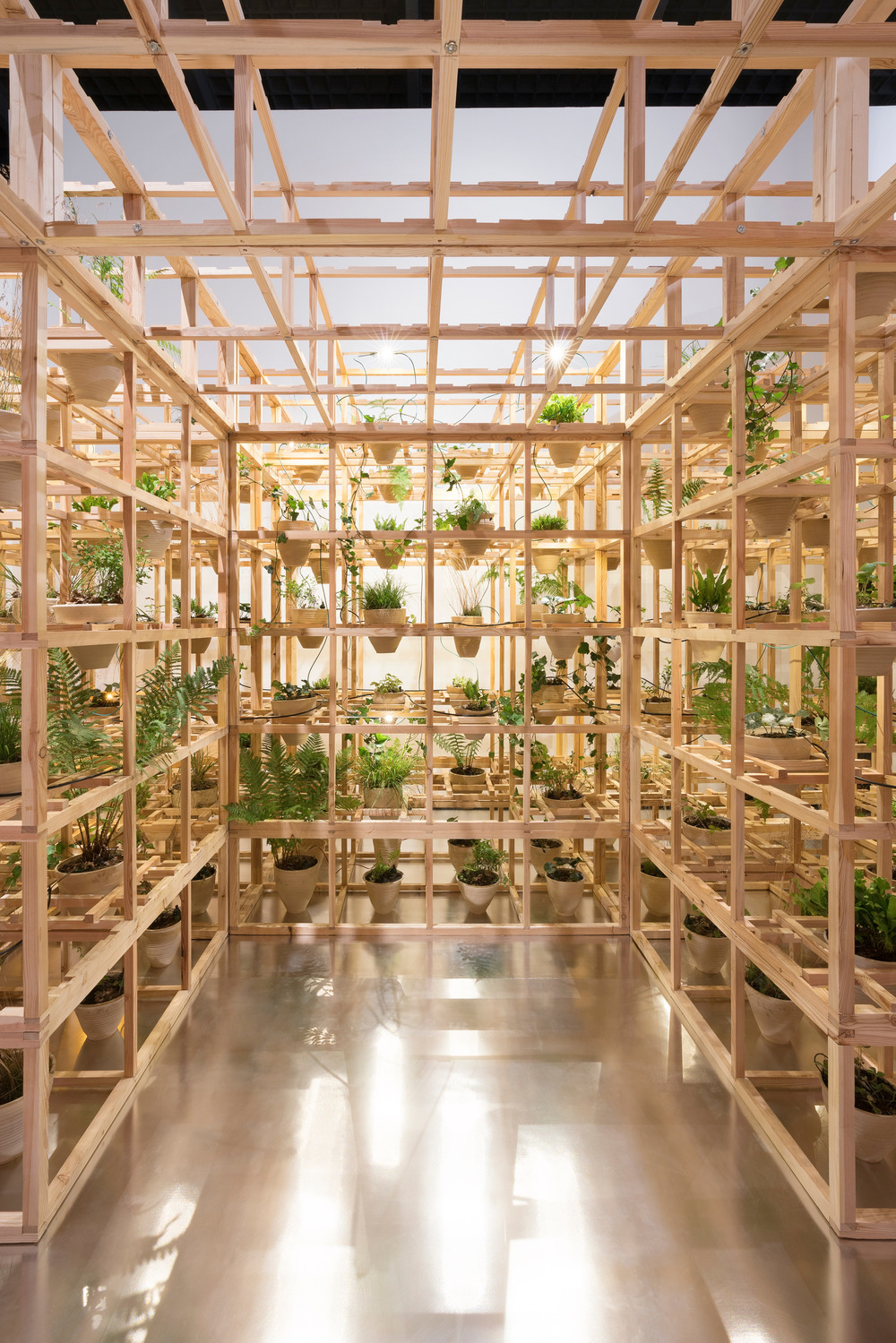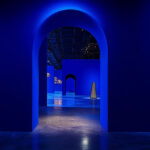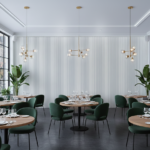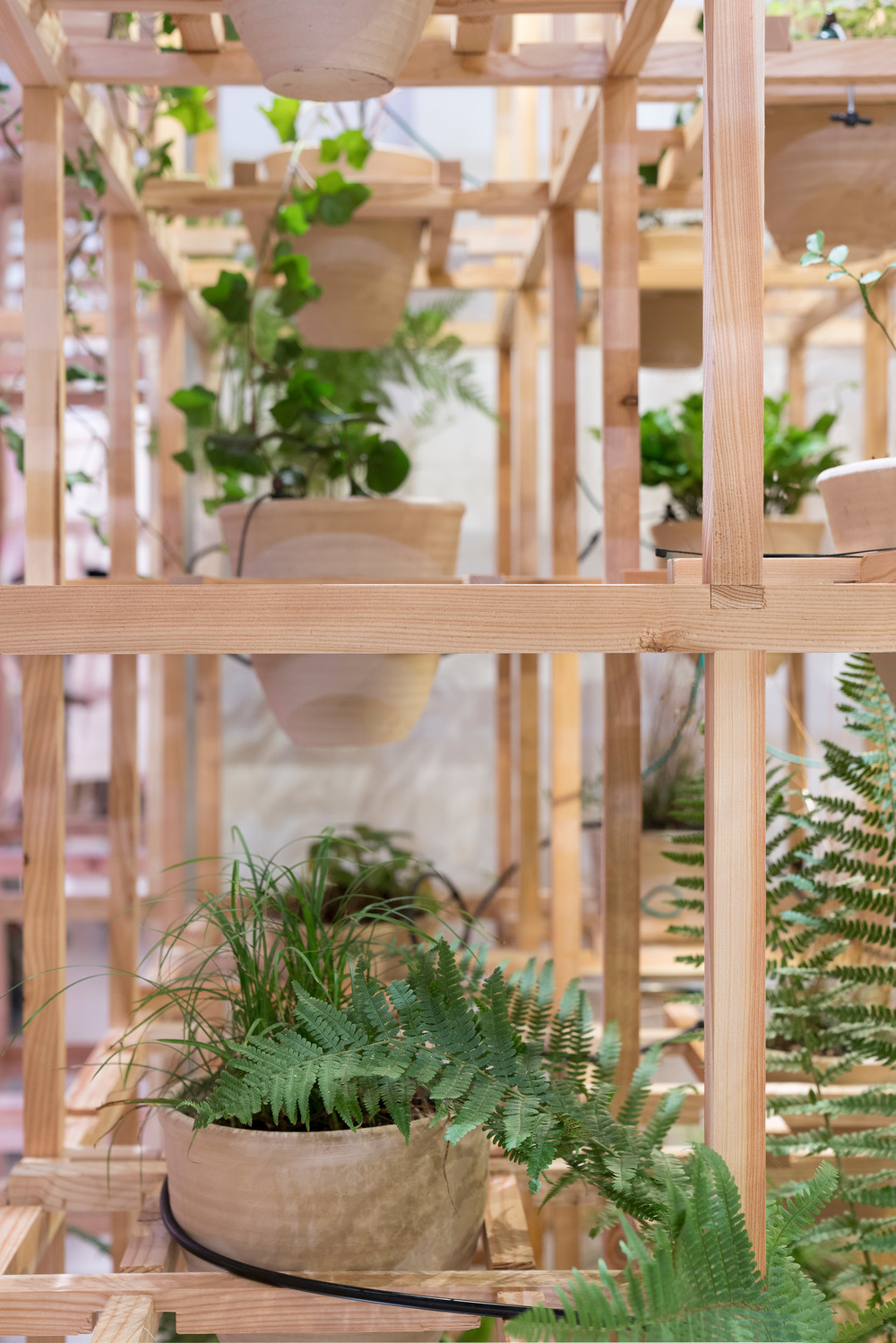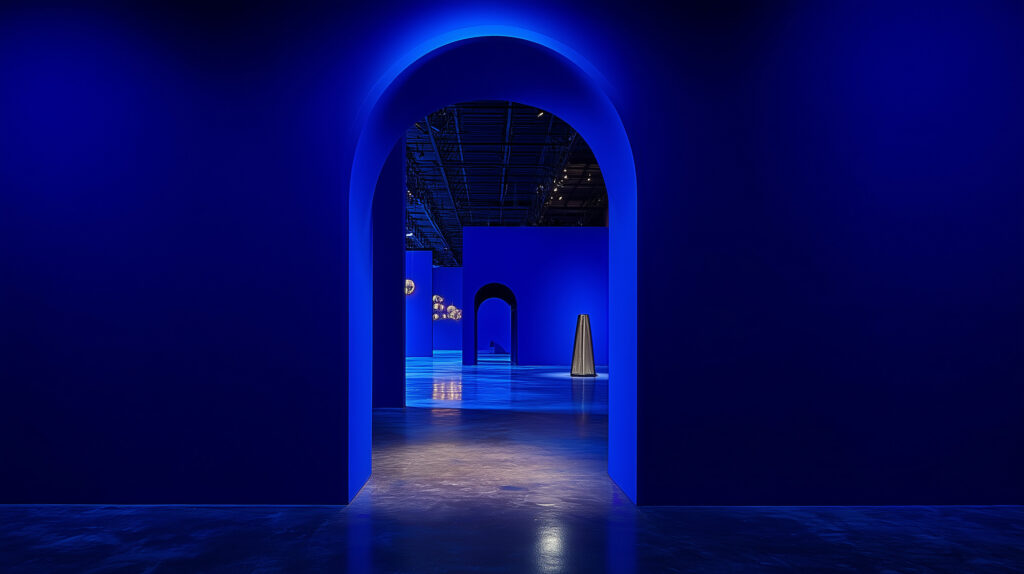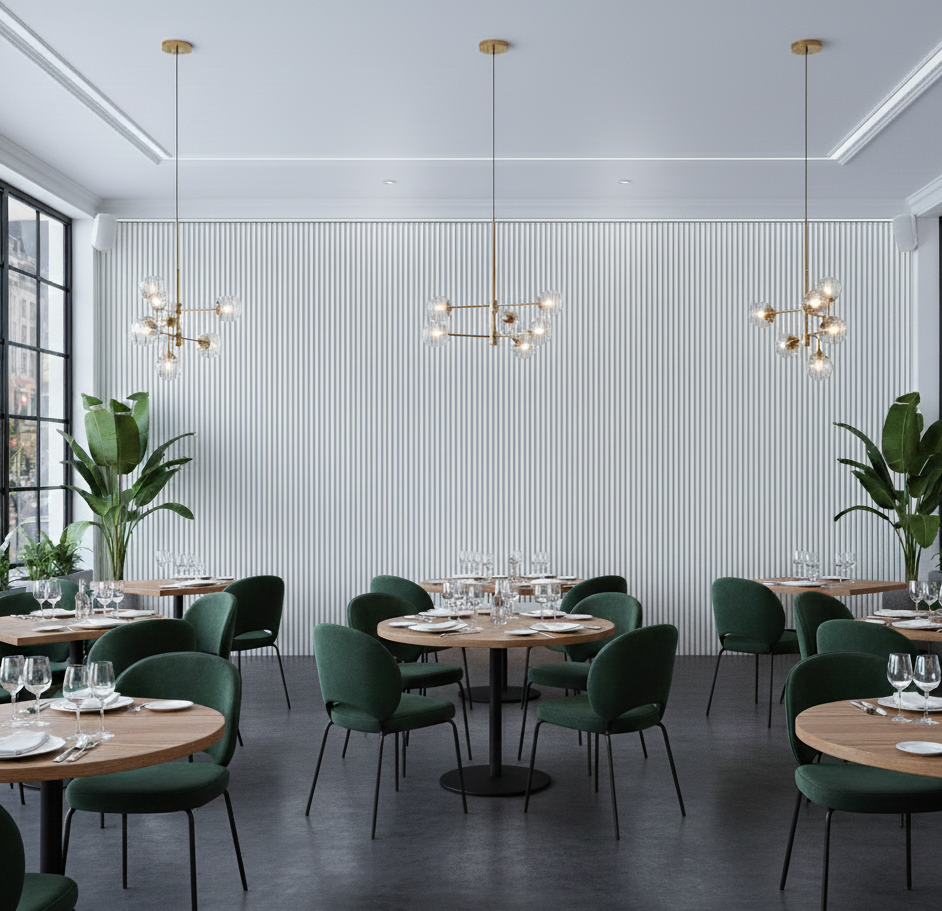Greenhouse Silent Disco: the Polish Pavilion at the 23rd Triennale Milano is a technological greenhouse aimed at understanding the mystery of nature
The Polish Pavilion at the 23rd Triennale Milano International Exhibition, running from July 15 to December 11, 2022, moves from the main theme of the exhibition, “Unknown Unknowns”, and develops it around the study of nature. This installation has been designed to decipher the silent language of plants and get in touch with the parallel intelligence of this complex world.
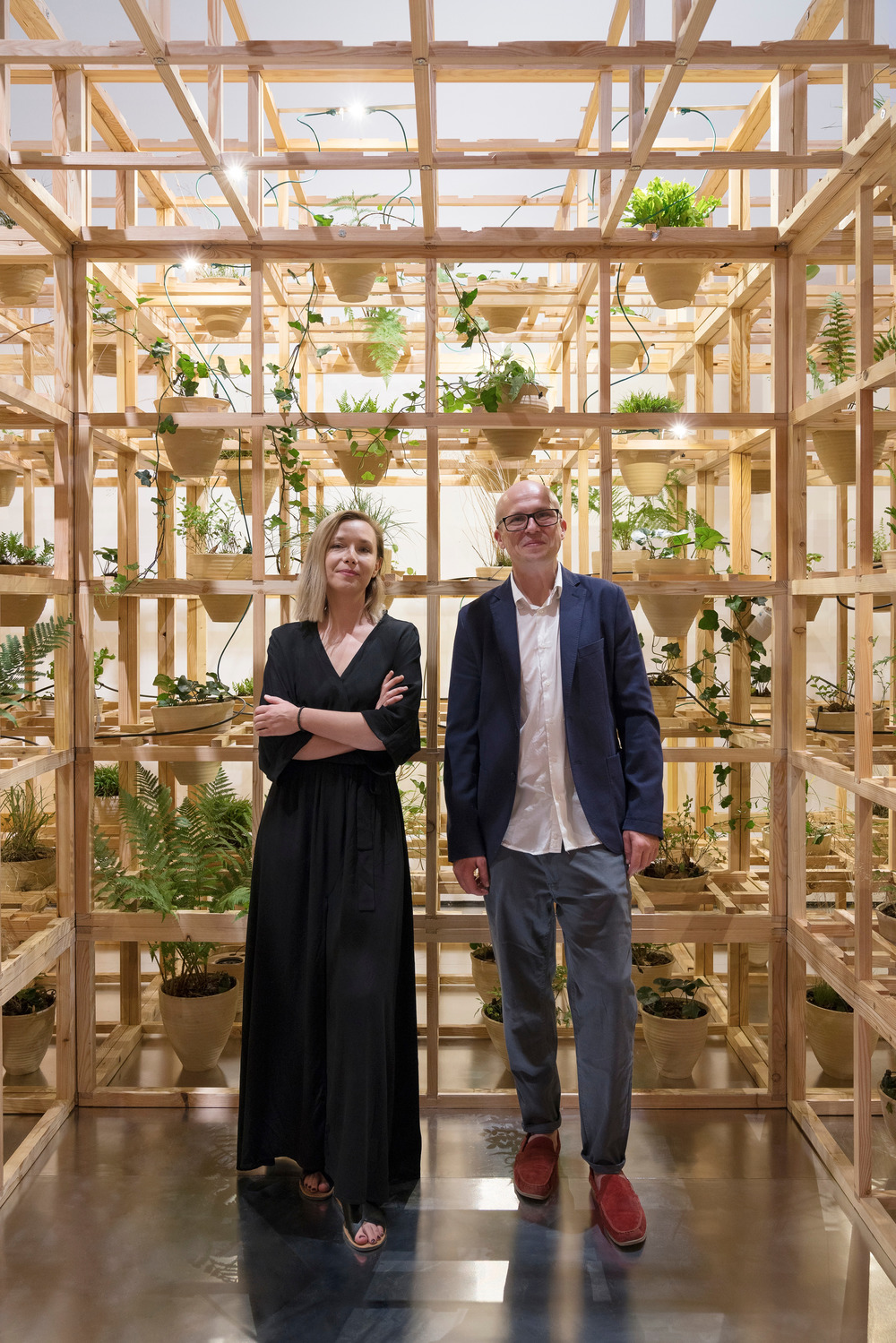
Greenhouse Silent Disco – that’s the name of the installation – is a greenhouse of the future populated with dense vegetation and equipped with digital sensors. These sensors record the plants’ reactions to different stimuli, such as the presence of people or changing weather conditions, and transform them into LED lights and sounds.
Discover the 23rd Triennale Milano International Exhibition, running from July 15 to December 11, 2022
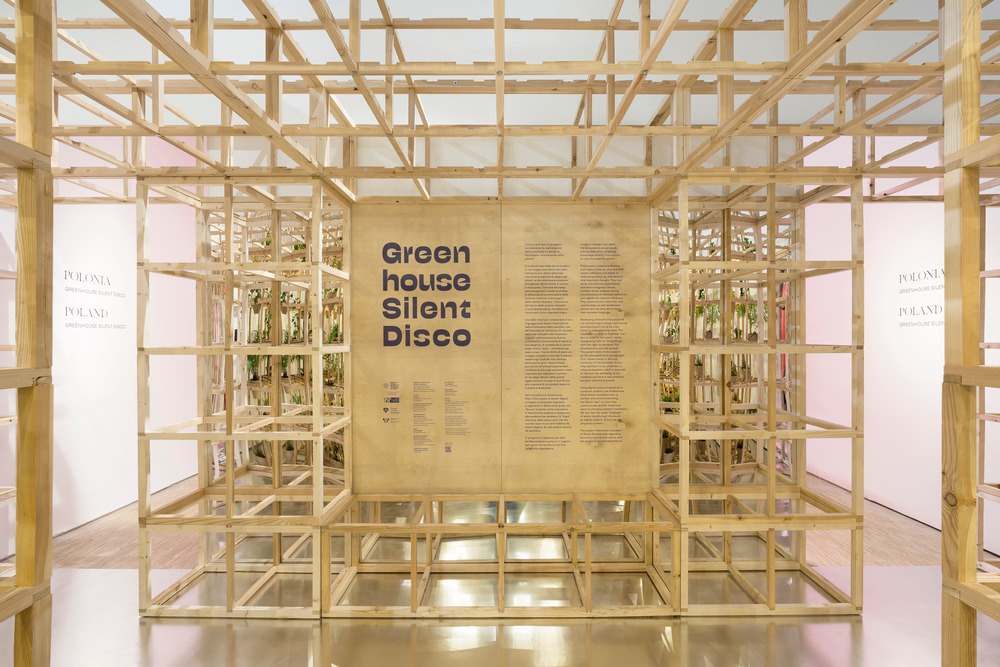
The curators of the exhibition, Małgorzata Devosges-Cuber and Michał Duda, have combined the sensual and bodily approach to nature with contemporary technologies. The project was inspired by the research of plant physiologist Hazem Kalaji, professor at the Agriculture and Biology Department at the SGGW in Warsaw, and his #iPlant system. Within the installation, plants communicate with the system using the extra light that they cannot use in normal photosynthesis processes. In this way, it is possible to decipher their needs according to anthropocentric parameters that we can interpret and understand.
Triennale and the passing of the seasons
“The greenhouse of the future is a disco, where LEDs change from blue to red and white according to the plants’ needs: for instance, when it’s cloudy or rainy outside the greenhouse,” explains Professor Kalaji, who devised the scientific concept of the exhibition. This installation was designed by Barbara Nawrocka and Dominika Wilczyńska from Miastopracownia architecture firm; the graphic design is by Nicola Cholewa, with the collaboration of Magdalena Heliasz. The structure of the installation is made of wood, inspired by natural fractals. Reflective glass surfaces endlessly multiply the presence of the plants, which are placed in terracotta pots handmade by contemporary artists.
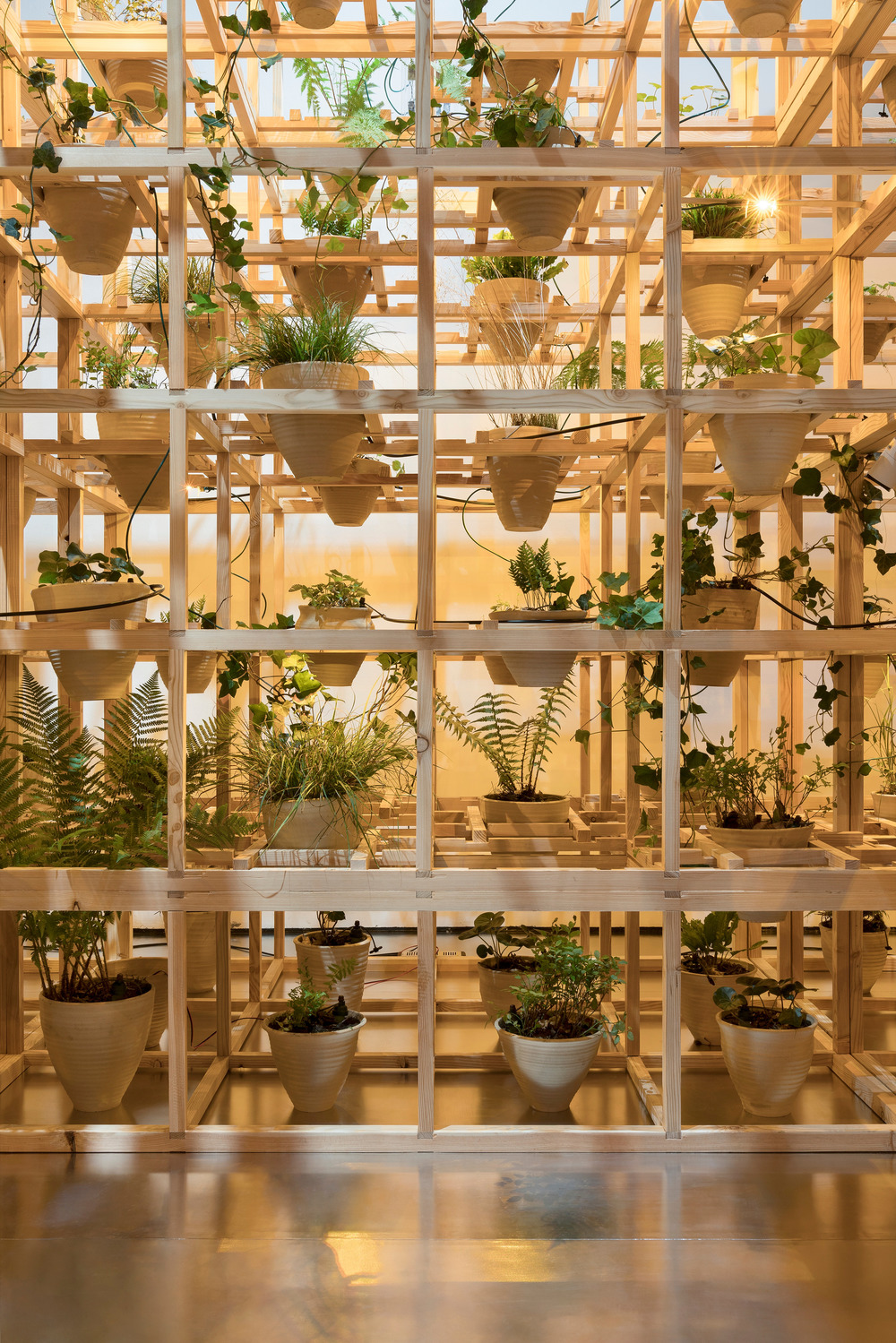
The immersive atmosphere completely envelops visitors, surrounded by the plants and their light and sound language. The installation is alive and changing, so it changes as the plants grow and the seasons change from July 15 to December 11, 2022, the opening and closing dates of the exhibition.
